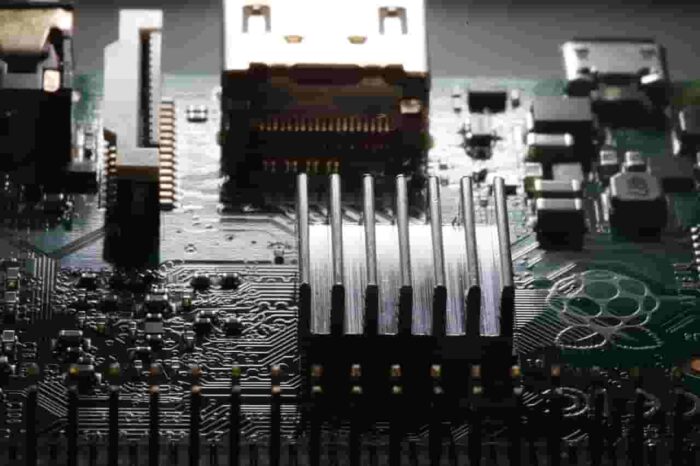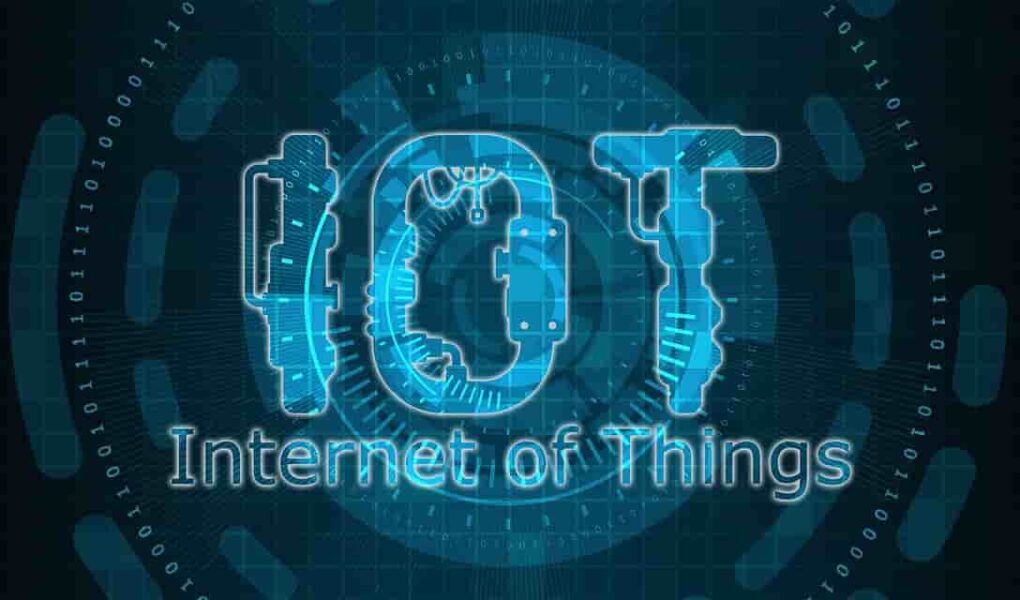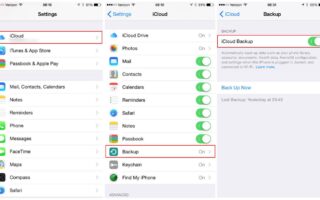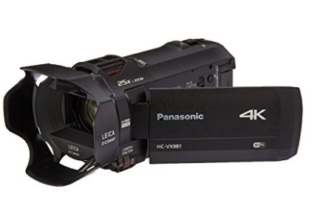The Internet of Things (IoT) is one of the most disruptive technologies impacting multiple industries. With IoT devices in place, industries can monitor, record, and manage operational data and make proactive decisions in real-time. Data insights also give organizations the ability to identify problems with product performance and fix them early on, before they can become significant.
In manufacturing, the data from IoT devices provides insights into the design process and identifies potential concerns and inefficiencies in existing technologies. With this information, manufacturers can prevent problems in future product development.
IoT is integrated into product development and design and must be part of product lifecycle management. IoT device lifecycle management needs to begin at the early stages of the design process and continue to the product’s end-of-life. Manufacturers can provide maintenance and monitoring of the product throughout the entire product lifecycle, giving organizations better control over connected devices in a smart ecosystem.
IoT device lifecycle management has many additional benefits, such as access control, data security and management, and multi-protocol connectivity. Xavier Dupont is the Senior Director Product Line, at Lantronix, and highlights what these challenges are and how IoT Device Lifecycle Management is fueling industry growth.
What Is IoT Device Lifecycle Management?
IoT device lifecycle management is an approach or business logic that seeks to manage IoT devices holistically. With this mindset, manufacturers can deal with problems and prospects in the industry in a comprehensive way to ensure the product performs at its best throughout every stage of its lifecycle.
IoT presents many challenges to lifecycle management, especially with different industries. IoT is now part of smart grids, healthcare, automotive, and agriculture, and new possibilities are emerging every day. Developing a smart ecosystem is complex, so smart assets are expected to have a long, insightful, and useful life, which requires guidance and monitoring throughout the lifecycle phases.
IoT Device Lifecycle Stages

Design And Development
The design and development is the beginning stage of the IoT device lifecycle management process. During this stage, manufacturers gather all the information on an IoT product, such as its capabilities and requirements. Developers then use this information to choose the appropriate hardware and software, storage options, network configuration, sensor analytics, security options, and communication type.
These devices may end up in a variety of industries and perform different tasks, so developers need to adopt an agile approach that considers different deployment solutions. Devices need to be adaptable for different platforms, yet with seamless integration. In most cases, a pre-configured, cloud-enabled development platform optimized for IoT is the best solution. This option provides the built-in capability for remote developer access for maintenance and monitoring, along with efficiency for the user.
Unfortunately, cloud-enabled IoT devices open vulnerability to security threats and breaches. Because of this, security and access control must be considered at the inception. Developers should consider an end-to-end security strategy from the onset to reduce time, complexity, and risk.
Deployment
Deployment has a few sub-stages, including:
- Proof-of-concept: Proof-of-concept is an exercise to test the real-world potential of an incomplete product idea. This isn’t about delivering a fully realized concept, but demonstrating whether it has the real-world capability and potential. Proof-of-concept shows if a product, feature, or system can be developed, such as a technical feature of an online service that is made into a working model.
- Prototype: A prototype is a visible, tangible, or functional model of an idea that can be tested early in the development process. For example, prototypes can be used to test an idea for a service touchpoint, such as a website mockup. Prototypes are ideal for situations when there’s an idea, but uncertainty about how the product will look, feel, and operate, like a rough draft.
- Pilot product: A pilot product is the first stage of a new product or service rollout. Pilot products are typically “live” and use a small group of ideal users, such as testing a mobile app with the preferred user base. Pilot products are used when there’s an effective solution that needs a little refinement and real-world testing before scaling to a wider group.
- Product rollout: Product rollout is when the product is ready for deployment to the masses. It involves the initial introduction of the product to the market, whether it’s limited to a small user base or a particular region.
Each of these sub-stages plays an important role in the development process. Their differences include:
- Stages of the development process
- Use of resources
- Level of detail, fidelity, or completion
Also Read: How is Artificial Intelligence Revolutionizing the Mobile Application Industry
Scope Of Testing
While there’s no specific order for these stages, each of them provides valuable insights into the product and helps manufacturers iron out problems and issues before investing time, money, and resources into a scaled rollout of a product that could ultimately fail.
IoT adds a layer of complexity to product deployment, making these sub-stages even more important. Multiple stakeholders are involved in the development process, so the presentation of any and all sub-stages must be smooth, impactful, and effective to allow the product to scale in the future.
Generally, once a product is tested, it’s ready for deployment. With a pre-configured development platform enabled with remote access, a developer can deploy the product to multiple devices with remote operation, application customization, and security features built right in.
Maintenance
Maintenance is the longest stage of the device lifecycle and spans from the deployment of the product to its future decommissioning. Many stakeholders are involved in the maintenance stage. Once the product is deployed, additional stakeholders need access for maintenance, optimization, and updates.
This is an area in which IoT shines. Because access, optimization, and security have already been considered up to this stage, stakeholders can access and monitor devices for security weaknesses and perform necessary upgrades. Stakeholders can also monitor and improve device performance remotely.
In terms of data collection and analytics, IoT device lifecycle management allows stakeholders to access recorded data to address any issues quickly and easily in real-time.
Decommissioning
The final stage of the IoT device lifecycle is decommissioning, which is the end of the device’s life. While decommissioning may seem as simple as ending the device’s use, security is a primary concern at this stage. Because of this, manufacturers must plan for the decommissioning stage early in the lifecycle management process. Ideally, decommissioning will be considered at inception to ensure that security concerns are addressed.
Stakeholders and users should be able to remove a device from the IoT ecosystem smoothly and securely, either permanently or with a replacement. Without security measures in place, this moment can create a gap in otherwise airtight security.
The most important aspect of decommissioning is ensuring that removing one device doesn’t leave the system vulnerable to a security breach. Even a small, seemingly inconsequential device can leave a huge gap that bad actors can exploit, which is why decommission planning is vital to the earliest stages of the device lifecycle management process.
IoT Device Lifecycle Management Fuels Industry Growth
As more and more capabilities are discovered for IoT, it’s becoming a pervasive technology that’s shaping the future for consumers and industries alike. For many, IoT is already in wide use.
For example, the oil and gas industry uses IoT devices to monitor industrial equipment. Much of this equipment is located in dangerous or inhospitable environments. IoT devices allow employees to monitor the equipment remotely, without putting themselves at risk.
In agriculture, IoT devices are used to optimize water output, a precious and finite resource. Moisture sensors record precipitation and hydration, adjusting water to maximize crop yields without excessive water waste.
In-office buildings, smart devices are used for heating, ventilation, and air conditioning systems to keep interior temperature constant, despite fluctuating external temperatures and weather conditions. This not only saves the company money but improves employee satisfaction by maximizing comfort.
These are just a few examples of how IoT is revolutionizing the industry, but more and more uses are becoming realities every day. Still, many organizations are reluctant to implement IoT devices on a large scale. In some cases, the organization lacks leaders with the technological sophistication to implement IoT ecosystems and realize IoT goals. For others, IoT’s costs or security issues are critical barriers that are difficult – if not impossible – to overcome.
Looking To The Future Of Industry
IoT is revolutionizing the ways many industries do business, but for some, the security or implementation challenges are too much to overcome. IoT device lifecycle management is a critical approach that allows industries to adopt IoT and gain peace of mind and insight into the full IoT ecosystem. Done effectively, IoT device lifecycle management gives organizations the control and capability to transition to IoT ecosystems with minimal impact on day-to-day operations.
IoT device lifecycle management is a solution to valid concerns about device and communication security, maintenance and upgrades, and device support since these issues are all addressed and considered from the device’s inception to decommissioning.
Author Bio:
Xavier Dupont is the Senior Director Product Line, at Lantronix, a global provider of turnkey solutions and engineering services for the internet of things (IoT). Xavier’s and Lantronix’s goal is to enable IoT and their client’s digital transformation by providing technology blocks from sensing to data collection and visualization.




